V7N, July 10 – In a move reminiscent of the Cold War era, the United States has announced the deployment of long-range missiles to Germany starting in 2026. This decision, made jointly with Germany, has led international analysts to speculate that the US-led NATO alliance is preparing for potential conflict in Europe, signaling the onset of a new cold war phase.
In a joint statement issued on Wednesday, the US and Germany confirmed that advanced long-range weapons would be permanently stationed in various locations across Germany. These weapons, touted as more destructive and with greater range than any currently deployed American arms in Europe, will be kept in a state of readiness to strike at any target from the ground instantly, instilling a sense of deterrence in potential adversaries.
This strategic move comes in the wake of the United States' withdrawal from the Intermediate-Range Nuclear Forces (INF) Treaty in 2019, which had been a cornerstone of nuclear disarmament since its signing in 1987 by US President Ronald Reagan and Soviet leader Mikhail Gorbachev. The INF Treaty prohibited land-based missiles with ranges exceeding 500 kilometers, marking a significant step towards reducing the nuclear threat during the Cold War.
The US withdrawal was justified by allegations that Russia was redeveloping long-range missiles, claims that Moscow has consistently denied. In response, Russian President Vladimir Putin announced in June the resumption of production of medium- and low-range nuclear missiles, citing the deployment of American weapons in Asia and Europe as a pressing security concern.
Wednesday's statement highlighted Washington's commitment to NATO and the European Integrated Defense System, with Germany playing a crucial role in this strategy. The deployment will include advanced missiles such as the SM-6 and Tomahawk, and potentially various hypersonic missiles, which are significantly more destructive and have a longer range than any missile currently in Europe's arsenal.
The plan to station these formidable weapons in Germany underscores the heightened tensions between NATO and Russia and the renewed focus on strategic military positioning in Europe. The deployment follows the 2021 establishment of the second Multi-Domain Task Force by US Army Special Forces in Wiesbaden, Germany, further emphasizing the region's strategic importance.
This development marks a significant escalation in military preparedness and has reignited fears of a new arms race, reminiscent of the US-Soviet Cold War period. As both NATO and Russia ramp up their military capabilities, the potential for a new phase of geopolitical tension looms large over Europe.



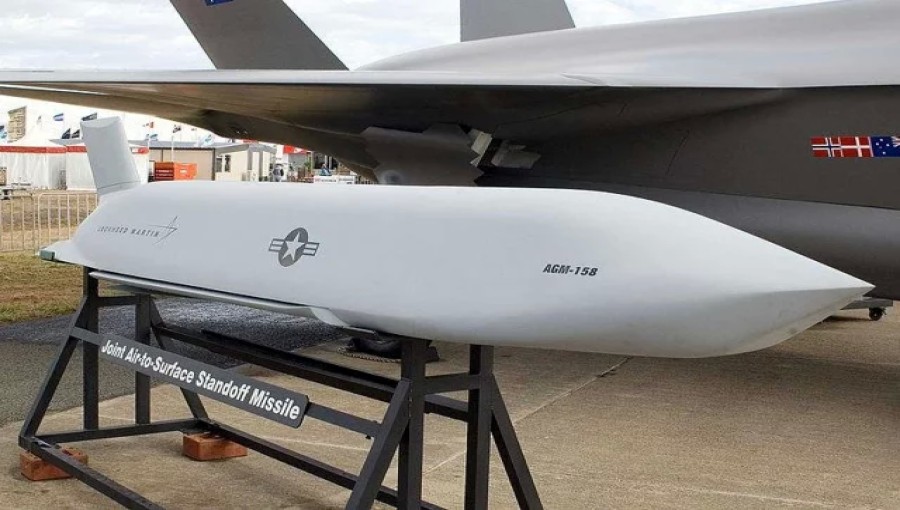
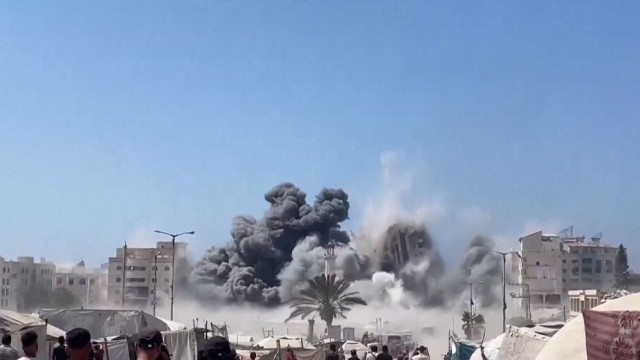
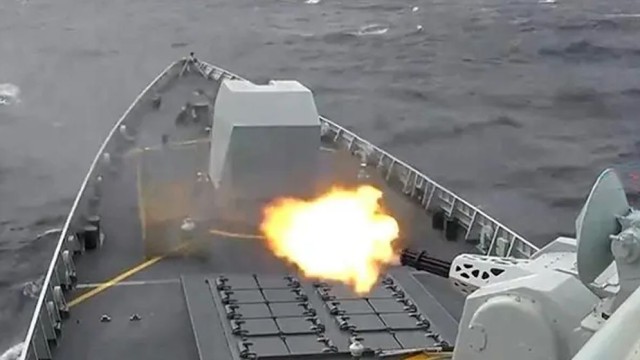
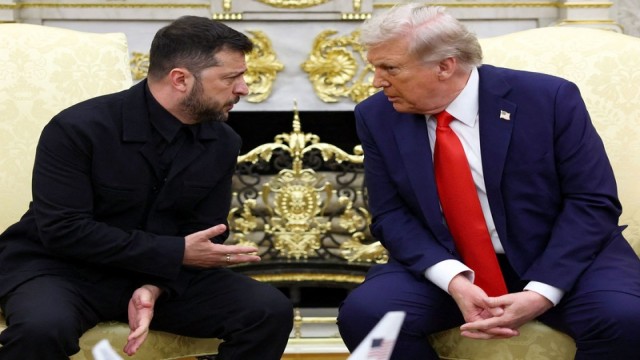
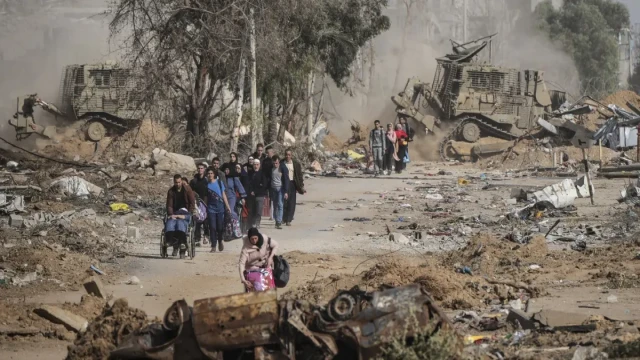

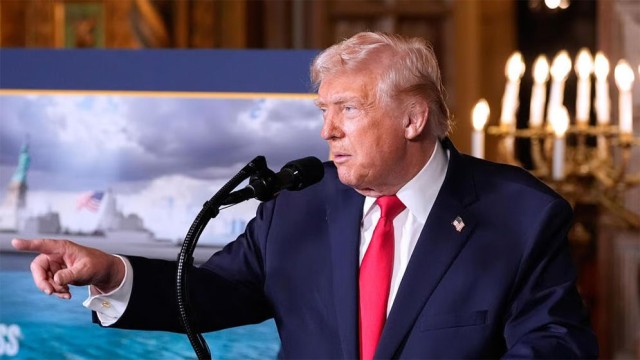







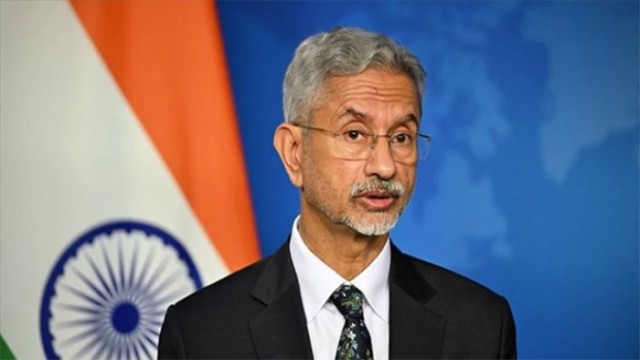








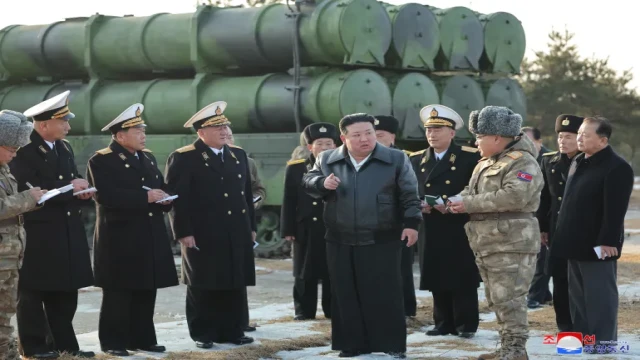




Comment: